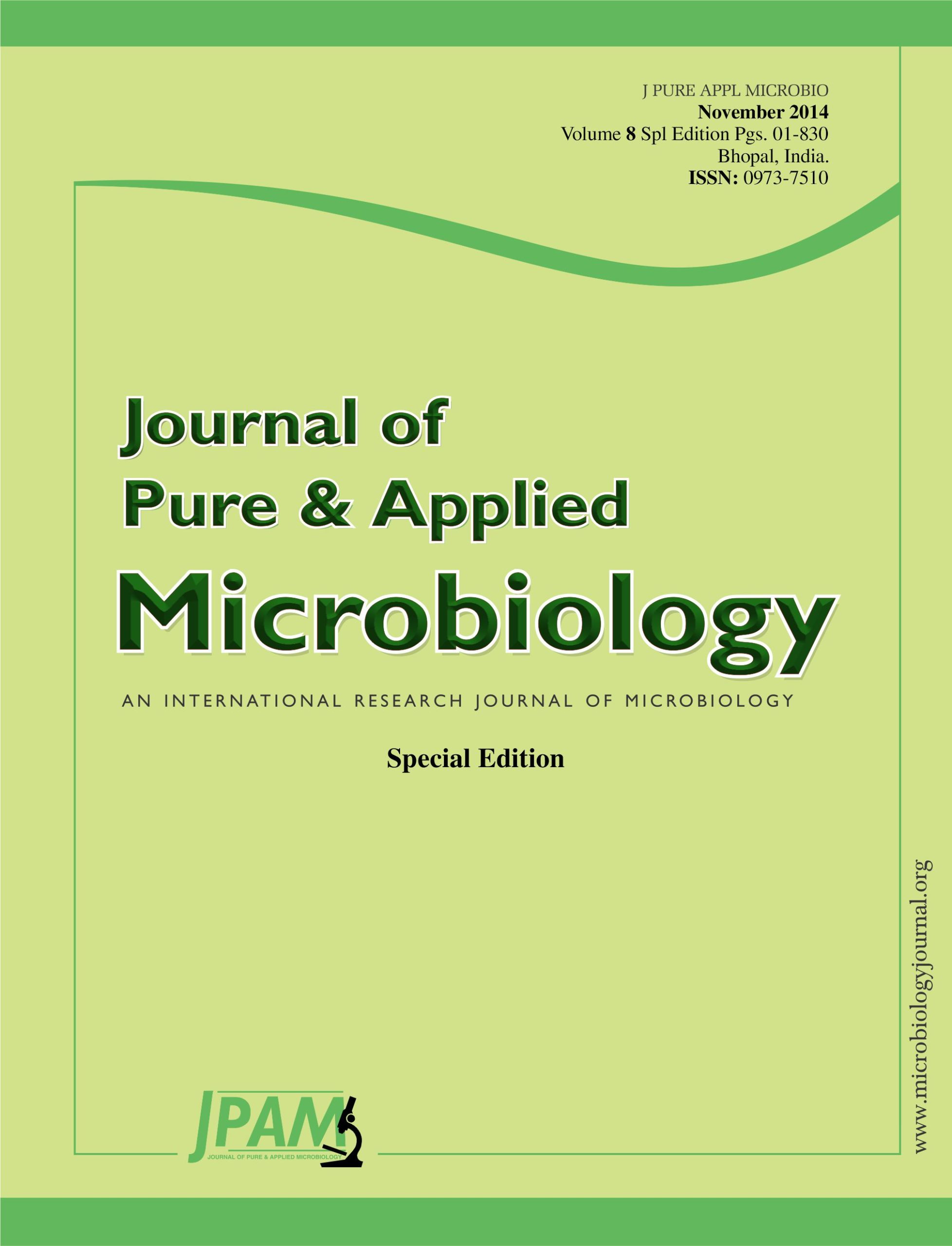Nigella sativa essential oil (EO) chemical constituents and its biological properties were studied in this work. EO was identified using UPLC MS/MS analysis. Antimicrobial activity of the EO was investigated against fungi, bacteria (G+ve, G-ve), and yeasts quantifying the inhibition zones. Tolerate ability of EO treated Hep G2 cells were assessed by MTT assay, flow cytometric analysis of cell cycle progression was conducted using 0.4, 0.8, 1.2 and 1.6 % (v/v) of Nigella sativa EOfor 3h. UPLC MS/MS analysis revealed that the EO major constituents were monoterpenes (hydrocarbons and phenolics) flowed by Phenylpropanoids and sesquiterpenes. p-Cymene followed by g-Terpinene, a-Phellandrene, and a-Thujene were the major hydrocarbons constituents. Antimicrobial inhibitory effect of Nigella sativa EO increased at 20, 40, and 60 µl/ml for all tested microorganisms which may correlated with its monoterpene hydrocarbons and phenolic contents. Exposure of Hep G2 cells to Nigella sativa EOfor 24 h caused a substantial cytotoxicity as a concentration dependent, while survival of cells were lessened. A significant increase in the proportions of apoptotic/necrotic Hep G2 cells in sub-G1 phase. No change in cell cycle progression was indicated. Results conveyed the ability of using Nigella sativa EO as antimicrobial agents.
Nigella sativa, Essential oil, Biological activity
© The Author(s) 2014. Open Access. This article is distributed under the terms of the Creative Commons Attribution 4.0 International License which permits unrestricted use, sharing, distribution, and reproduction in any medium, provided you give appropriate credit to the original author(s) and the source, provide a link to the Creative Commons license, and indicate if changes were made.


